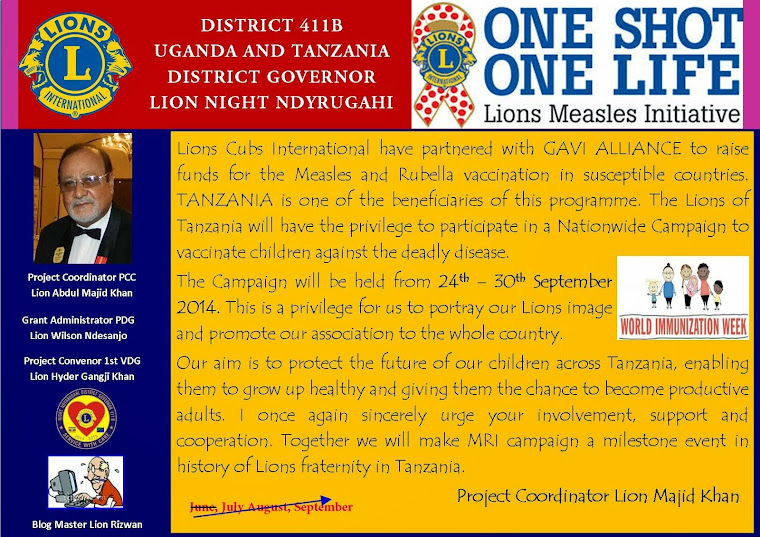MEASLES: KEY FACTS
· Measles is one of the leading
causes of death among young children even though a safe and cost - effective
vaccine is available.
· In 2012, there were 122,000 measles death globally - about 330 deaths
every day or 14 deaths every hour.
· Measles vaccination resulted in a 78% drop in Measles death between 2000
and 2012 world wide.
· In 2012 about 84% of the world’s children received one dose of measles
vaccine by their first birthday through routine health services – up from 27%
in 2000.
· Since 2000, more than 1 billion children in high risk countries were
vaccinated against the disease through mass vaccination campaigns – about 145
million of them in 2012.
RUBELLA: KEY FACTS
· Rubella is a contagious, generally mild viral infection that occurs most
often in children and young adults.
· Rubella infection in pregnant women may cause fatal death or congenital
defects known as Congenital Rubella Syndrome (CRS).
· Worldwide, an estimated 110,000 babies are born with CRS every year.
· There is no specific treatment for Rubella but the disease is preventable
by vaccination.
· The Rubella virus is transmitted by airborne droplets when infected
people sneeze or cough.
SYMPTOMS:
· In children, the disease is usually mild, with symptoms including a rash,
low fever (39°c), nausea and mild conjunctivitis. The rash, which occurs in 50
– 80% of cases, usually starts on the face and neck before progressing down the
body, and last 1-3 days. Swollen lymph glands behind the ears and in the neck
are the most characteristic clinical feature. Infected adults, more commonly
women, may develop arthritis and painful joints that usually last from 3-10
days.
· Once a person is infected, the virus spreads throughout the body in about
5-7 days. Symptoms usually appear two to three week after exposure. The most
infections period is usually 1-5 days after the appearance of the rash.
· When a woman is infected with the Rubella virus early in pregnancy, she
has a 90% chance of passing the virus on to her foetus. This can cause
miscarriage. Stillbirth or severe birth defects known as CRS. Infants with CRS
may excrete the virus for a year or more.




No comments:
Post a Comment